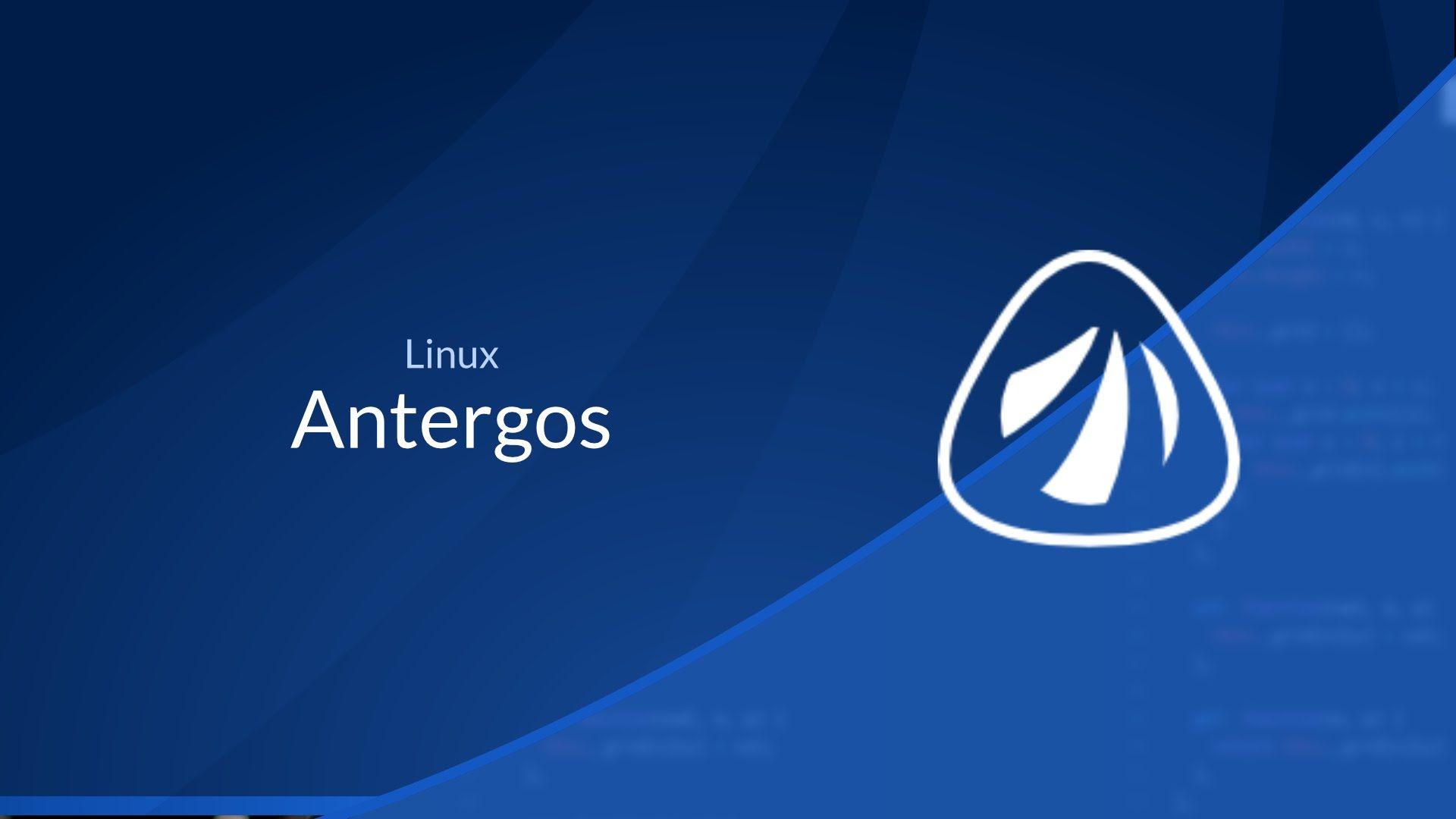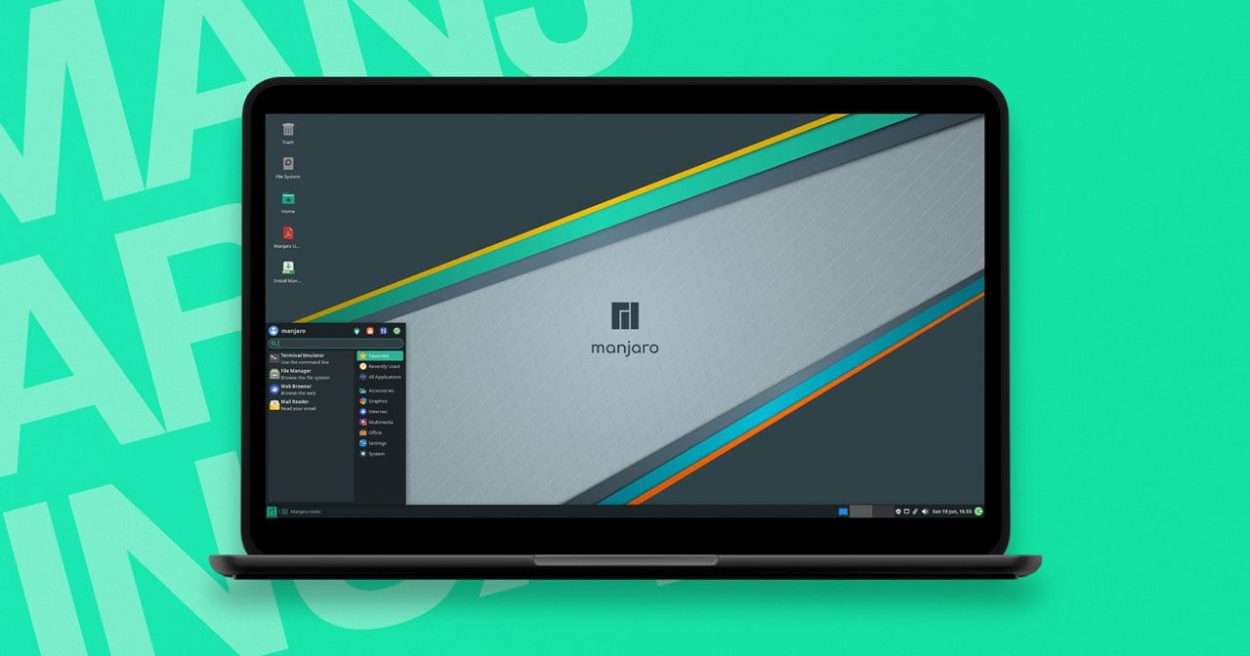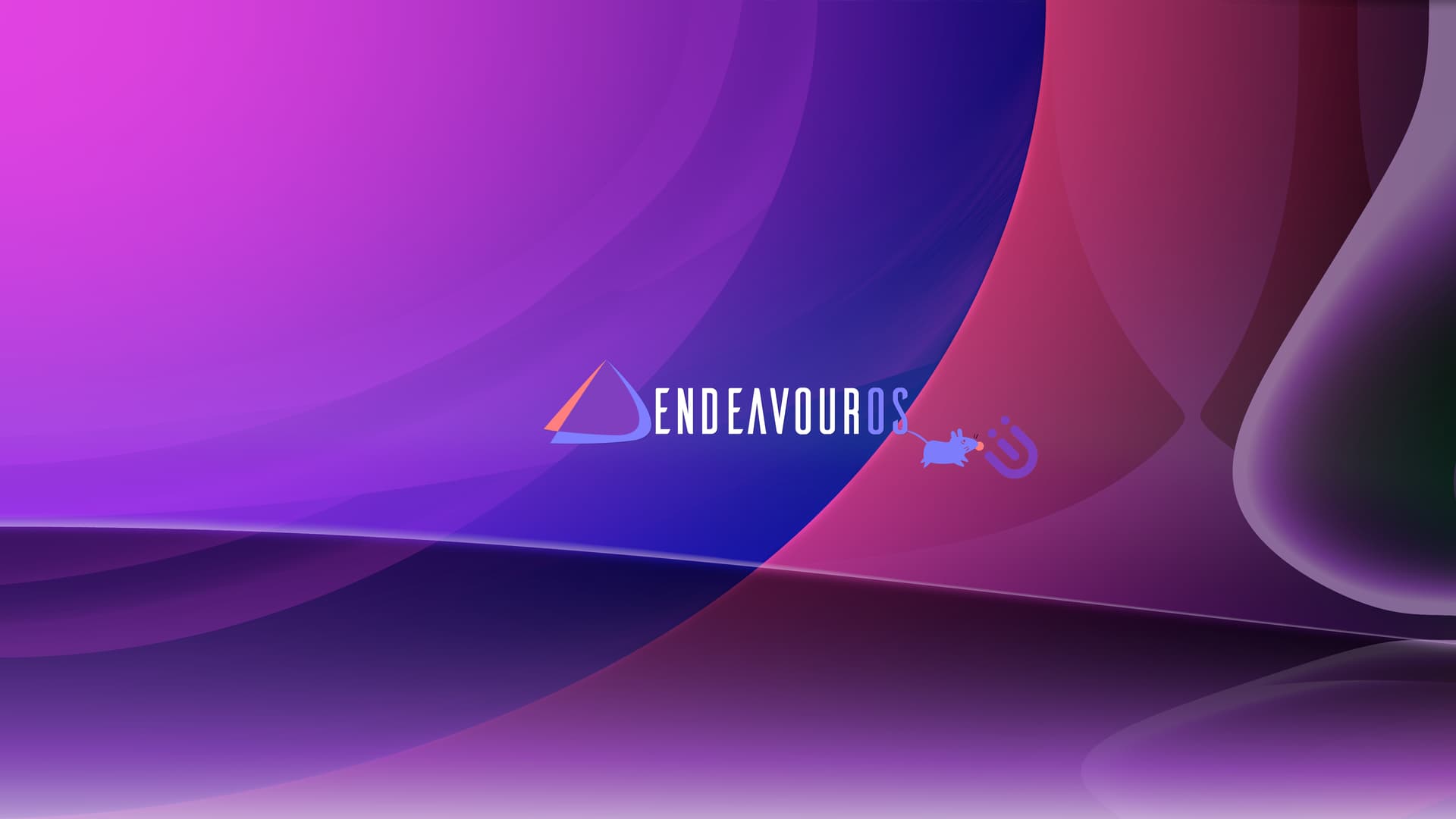Back around 2015, I decided to switch off Windows. I was in a Simulation & Animation class and we had been exposed to a bunch of free & open-source software like Blender and GIMP . And as I kept looking into these programs, I kept seeing references to Linux, and eventually decided to install it on my laptop.
I didn’t have any particularly deep reasons for switching. Linux gives a lot of advantages, from playing nice with older hardware to giving you complete freedom from Windows Updates. I didn’t do it for any of those reasons; I was just being a fucking nerd and wanted to learn more about computers.
Ubuntu

Like any sane person, the first Linux distro I installed was Ubuntu . At the time, and arguably even now, Ubuntu was the best Linux distro for people with no prior experience with Linux. It was the most mainstream, backed by a company, and had a slew of forum posts and the like in case you ever had a question about anything. It was also very convenient. It came with just about everything that average computer user would want on their system already installed, installed graphic and wi-fi drivers like a charm, and generally just worked without asking much of anything from the end user. Aside from not having access to the Adobe stuff we were using on the desktops in class, I didn’t really feel inconvenienced at all after I switched.
Gaming on Linux was much worse at that time, but the laptop I was on had Intel integrated graphics- I wasn’t gonna be gaming on that bitch regardless. It was cool, tho, because it made me go out of my way to find games that worked natively on Linux. This is partially how I get started on that Skullgirls journey. It’s how I found games like Bastion and Shovel Knight .
Ubuntu was good to me, man. Shit always just worked. It’s like a referee in basketball. I never had to say anything bad about it, and that’s the best way to be a lot of the time.
Antergos

So, like any young bird, I eventually wanted to see the world. Once I got to college and properly had a desktop computer, I decided to go with Antergos Linux(RIP).
Antergos was a rolling release disto based off of Arch Linux . Now, for the uninitated, Arch Linux is this kind of enthusiast distro. You set the whole system up yourself. That gives you a whole lot of freedom, but it’s very intimidating for someone still wet behind the ears. Again, I’m coming off like 2-3 years of using Ubuntu and never having to do anything more intensive than write an image to a USB stick. Luckily, Arch’s infamy spawned a lot of distros whose whole selling point was “Arch, but easy to install”. If you didn’t have the time to read the very detailed Arch Wiki during your install process or just wanted something painless while not being on Ubuntu, Antergos was a top tier choice. It came with a pretty neat installer that helped you set everything up.
The big reason I made the switch from Ubuntu to Antergos was the rolling release model, which is basically installing once and only once. All the big updates get downloaded and installed. You never have to reinstall/update via an image or anything. There’s also the advantage of more up to date software, although I care slightly less about this in all honesty.
(Just a bit of context about the up to date software thing. A lot of Linux distros that market themselves as stable accomplish that by having slightly older versions of software instead of whatever versions most recently got released. If something’s on version 3.4 right now, a distro like Ubuntu is probably running 3.3 or 3.2. These packages have already proved that they work/don’t break anything on the system, so they get shipped on the distro. It’s a very appreciated thing, especially when you start talking about Servers instead of Desktops, but it’s not a make or break thing to most desktop people. No one really gives a shit if their Firefox or Spotify is the latest version; they just want them to work.)
I was dual-booting with Windows at first since a lot of my games still didn’t work on Linux, but after a Windows update borked my system(and murdered my Persona 3 playthrough), I went full Antergos.
Manjaro

All good things must come to an end, Antergos included. Back in summer 2019, the project announced it was coming to a close .
Antergos had been my daily driver for a hot minute at that point, so I was pretty heartbroken. I started shopping around for a new distro.Granted, looking back on it, I don’t think I had much reason to. It was basically gonna turn into vanilla Arch Linux. Still, I was shopping around and seeing what was new on the block. My search took me to Manjaro , a company-backed Linux distor based on Arch.
In practice, Manjaro was like Antergos with more bells and whistles. The main thing about Manjaro, which is a blessing or a curse depending on how you look at it, was that it had its own repos separrate from the Arch repos. They hold packages back to make sure they’re stable. That’s fine and dandy until you want to use the AUR, the Arch User Repository, which is what a lot of Arch users use to get packages not in the official repos. Arch Repos use the latest dependecies and the Manjro repos don’t. Basically, installing anything from the AUR is risking breaking something on your system. This is kind of unfortunate since the AUR is a very strong part of using Arch. Anything you need, somebody’s probably got it in the AUR. If it’s not in the AUR, you can put it there yourself.
EndeavourOS

I basically used Manjaro ever since. Until this year. Back in late November, I switched to EndeavourOS , a spiritual successor to Antergos whose existence I didn’t learn of because of how fast I pivoted to Manjaro. Now, a bit of lore, I tried Endeavour very early on in the year in late January. It mostly went well, but I couldn’t get my Nvidia drivers working. My patience was very low at the time, so I just went back to Manjaro. This time around, I stuck around and got advice on the forums that got the help to get my drivers working.
Endeavour has been smooth sailing ever since. Once the system installs, you’re basically just running Arch. No special repos or anything, no bloat. You just a nice welcome program(that you can turn off) that gives you a GUI for some post install stuff like installing more popular programs or fetching some of their custom wallpapers.
No problems to speak of. In fact, it fixed a problem I had on Manjaro with my mic. On Discord, my mic audio was also staticy on Manjaro. Ever since I switched to Endeavour, everyone has told me my audio has been clean.
The Future
While I’m messing around with server distros, as far as desktop stuff goes, I’m sticking with Arch distros. I have no reason to switch off Endeavour right now, and if I ever have to, I’ll probably just install regular old Arch at that point. If I ever have to recommend something to someone tho, I’ll point them towards Ubuntu or Manjaro. Linux Mint is a good choice, as well.
